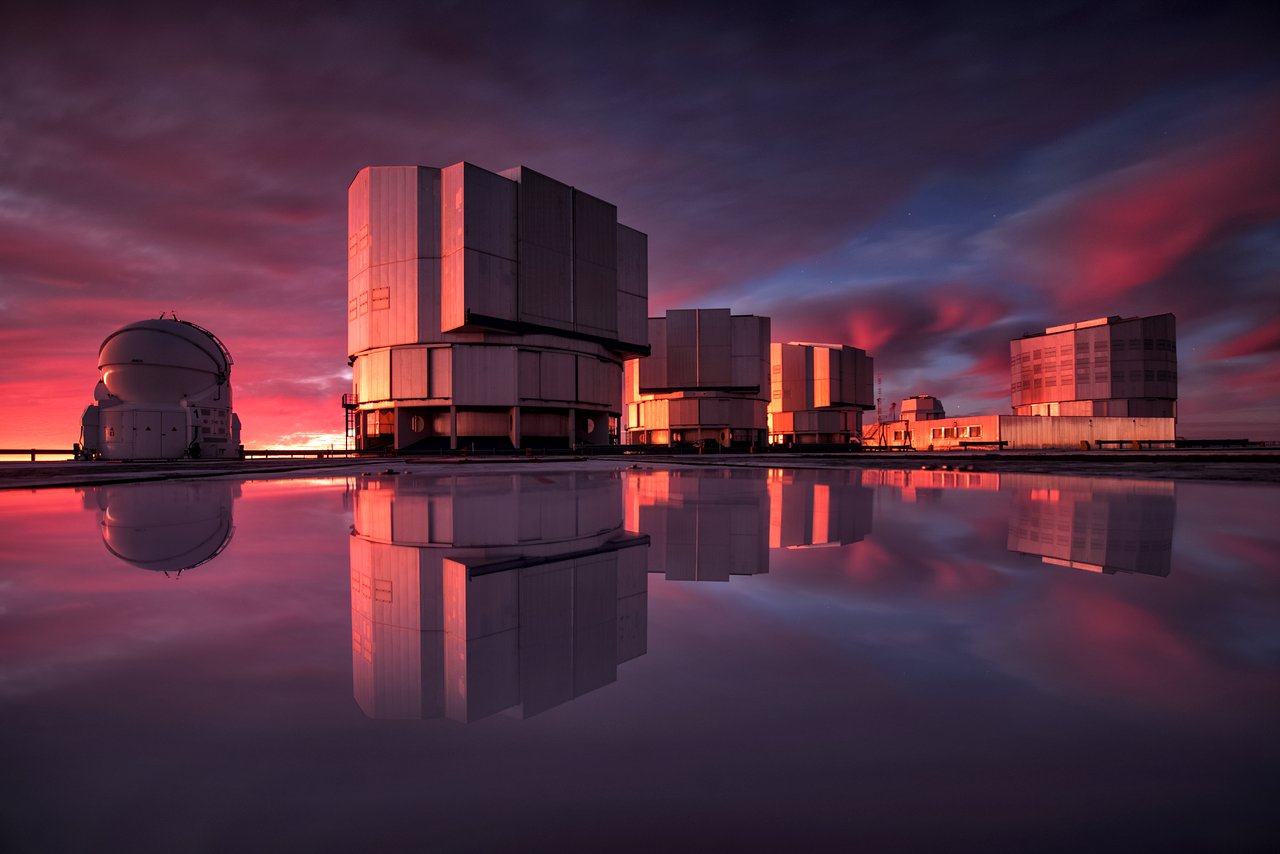
The Very Large Telescope (VLT) is growing even bigger. The latest addition to the telescope’s suite of instruments is a tool called NEAR (Near Earths in the AlphaCen Region) which will hunt for exoplanets in the nearby Alpha Centauri star system.
The VLT is located in the desert in Chile and is run by the European Southern Observatory (ESO). Its existing instrument, the VLT spectrometer and imager for the mid-infrared (VISIR), has been searching for exoplanets through the use of four 8-meter-aperture telescopes. But with the addition of the NEAR tool, VISIR is more sensitive to wavelengths in the infrared region and can search for plants with heat signatures similar to Earth.
To find exoplanets, the VLT will look for planets within the habitable zone of stars in Alpha Centauri. The habitable zone is the area in which liquid water could exist on the surface of a planet, being close enough to a star to melt ice but not so close that water would turn into vapor.
Alpha Centauri has two stars similar to our Sun which could potentially host exoplanets, Alpha Centauri A and B, as well as a red dwarf called Proxima Centauri. Even though Alpha Centauri is relatively close to us we know little about the planets there because imaging planets is so much hard than imaging stars. Stars give off light which we can detect easily enough, but to find planets we have to look for light from stars which is reflected off them. This means looking for sources of light which are billions of time dimmer than stars. ESO compares the challenge to “spotting a moth circling a street lamp dozens of miles away.”
To address this challenge the ESO created NEAR, a thermal coronagraph. It creates an “artificial eclipse” by blocking out most of the light coming from nearby stars in order to capture the infrared light given off by orbiting planets. The instrument’s inaugural ten-day observing run concluded this week and scientists are now studying the data.
“NEAR is the first and (currently) only project that could directly image a habitable exoplanet,” Olivier Guyon, lead scientist for the exoplanet-hunting program said in a statement. “It marks an important milestone. Fingers crossed — we are hoping a large habitable planet is orbiting Alpha Cen A or B.”



